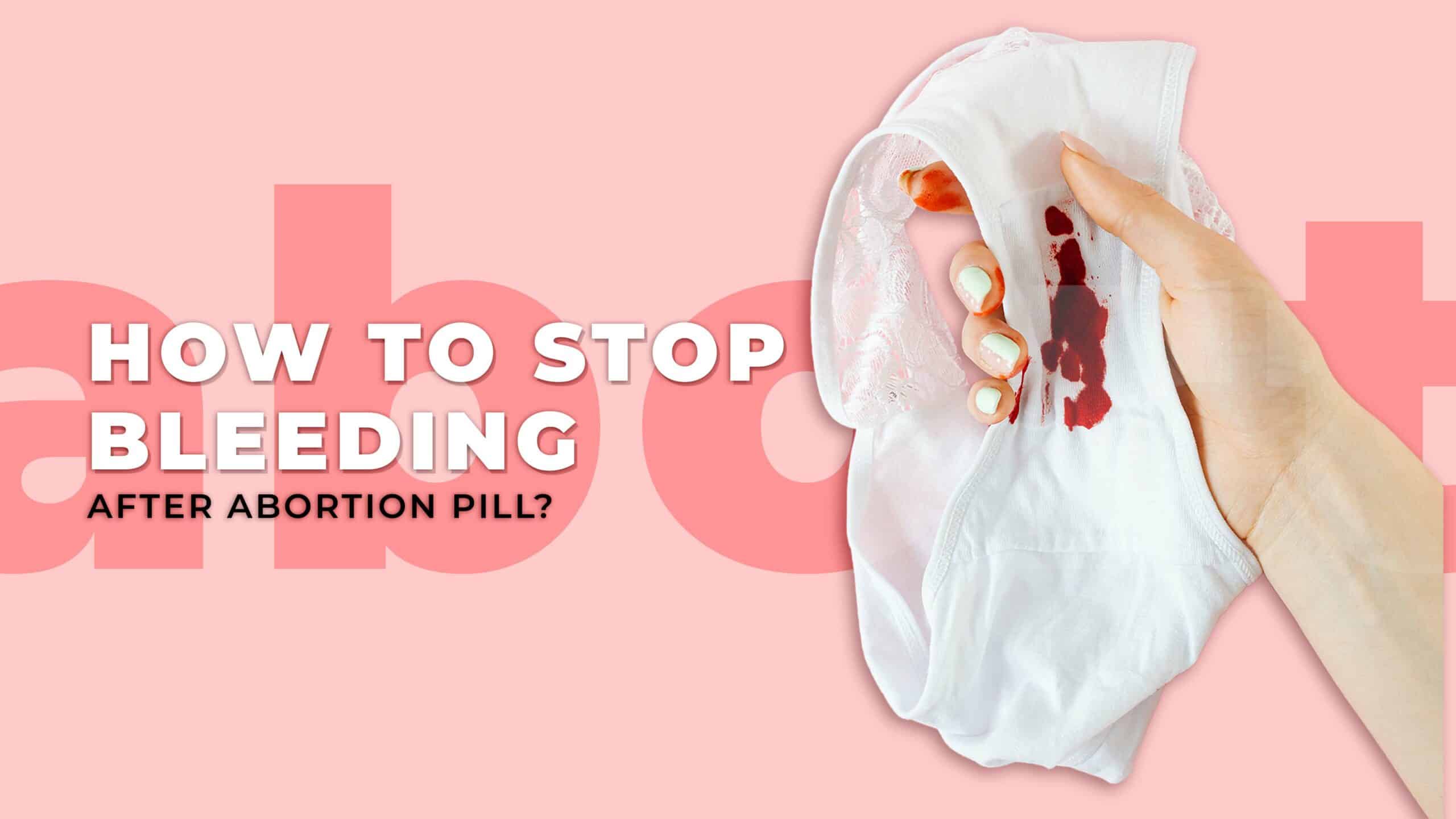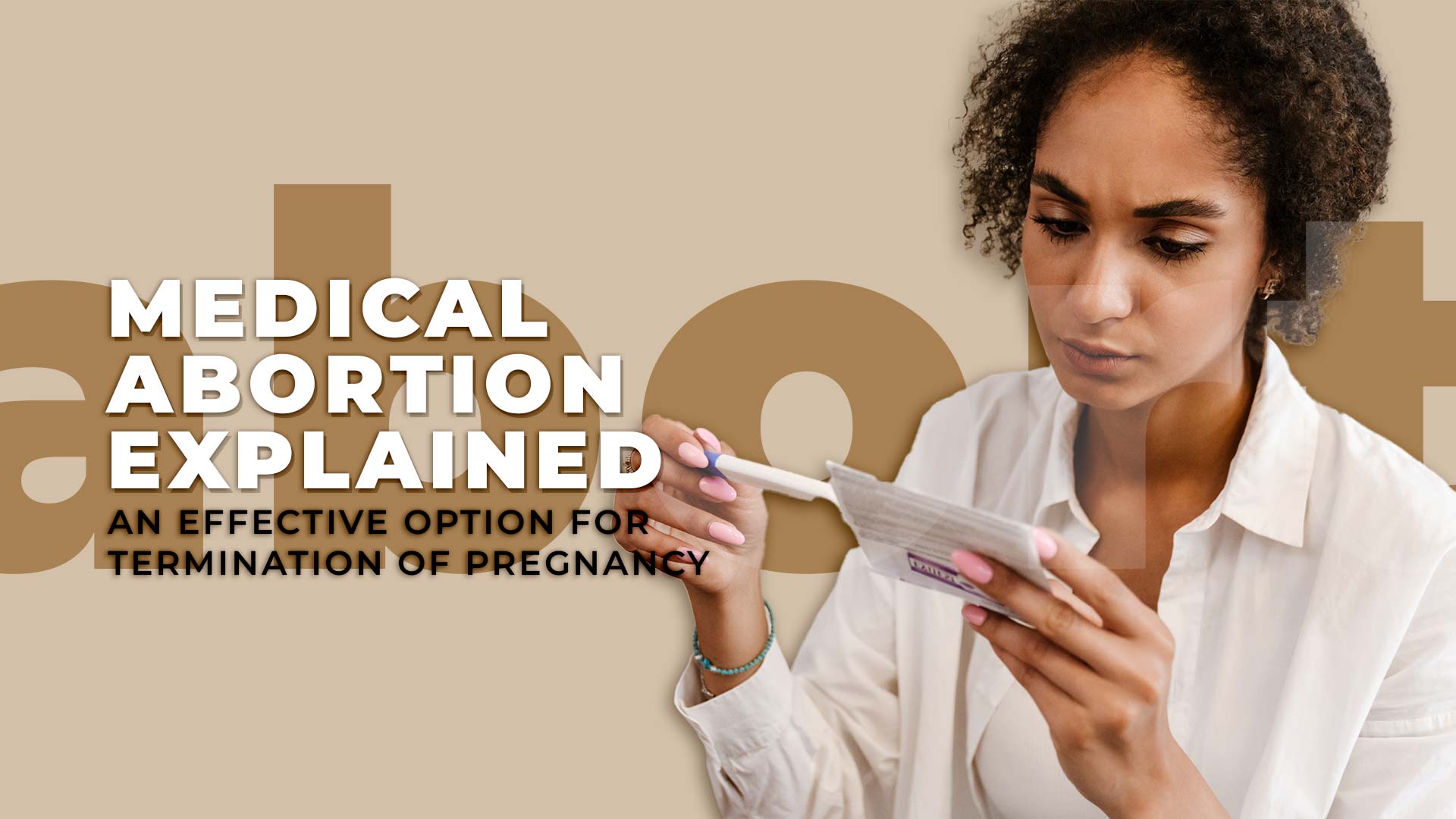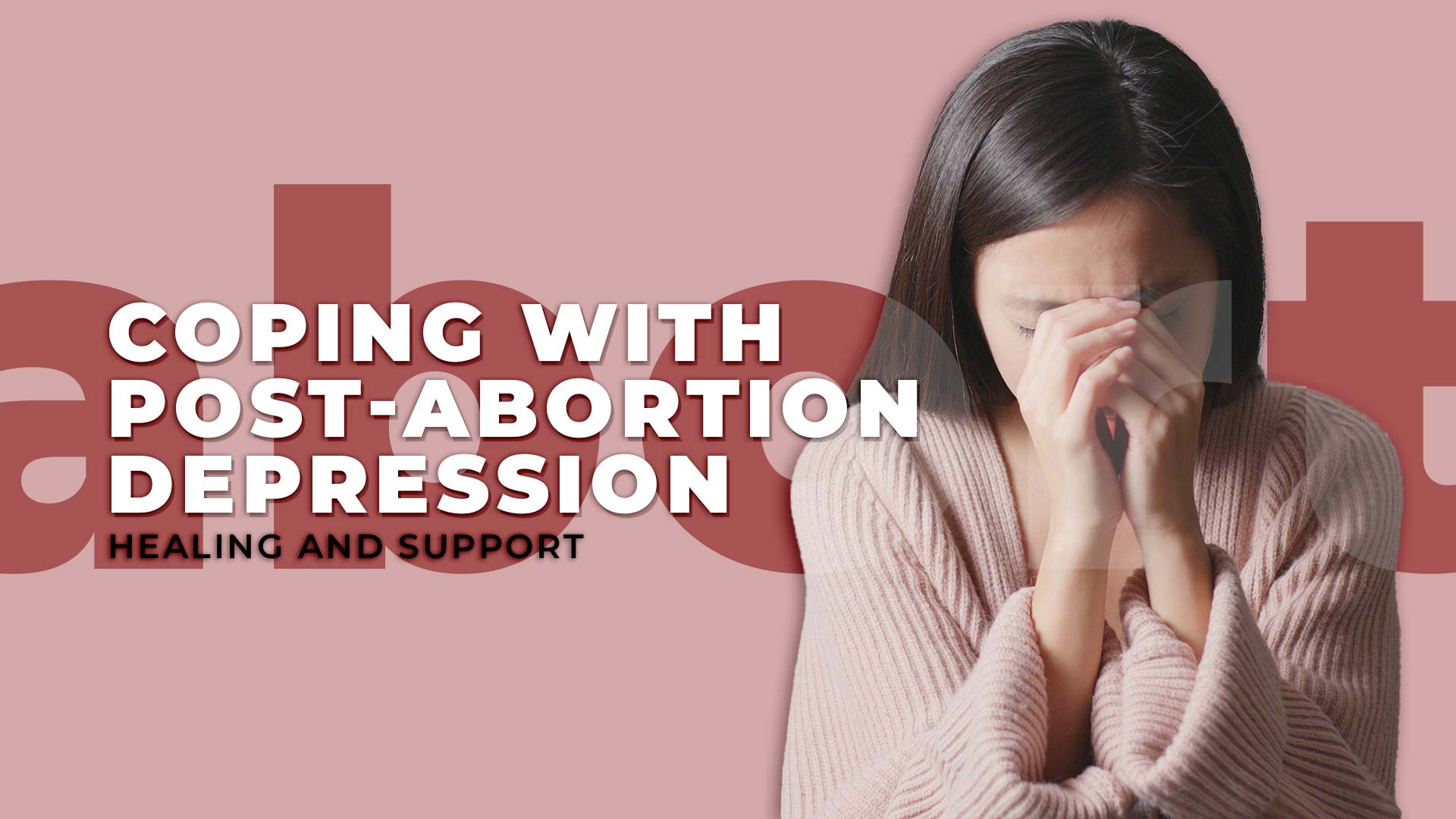When a pregnancy is terminated to prevent childbirth, this is known as an abortion. To end a pregnancy, an abortion involves surgery or medication. There are two types of abortion:
Medical Abortion: Medication like an MTP kit is used during a medical abortion to end the pregnancy. Only 11 weeks after your last menstruation may you normally choose this form of abortion. Anesthesia or surgery is not necessary for a medical abortion. With further visits to your healthcare provider, it can be started in a doctor’s office or at home. The first three months of pregnancy are the safest and most beneficial. Abortions caused by medication may take up to 24 hours to complete.
Surgical Abortion: If less than 14 weeks have gone since the first day of your last period, a surgical abortion, sometimes referred to as a vacuum aspiration abortion, can be carried out in a single day. The treatment is carried out in the doctor’s office under local anesthesia and with the help of oral painkillers. A tiny suction tube is inserted into the uterus after the cervix (uterine opening) has been widened during a surgical abortion. The fetus and associated pregnancy material are removed from the uterus using suction.
How To Stop Bleeding After an Abortion Pill?
After an abortion, it’s common to have cramping and discomfort, which may last for a few weeks. NSAIDs[1] such as naproxen (Aleve) and ibuprofen (Advil, Motrin) might ease your pain and lessen inflammation in your body. They can also aid in thinning your bleeding to speed up healing. Before taking NSAIDs, see your doctor because they aren’t a healthy choice for everyone. Furthermore, taking NSAIDs for an extended period is risky because they may result in complications like gastrointestinal bleeding.
Moreover, your doctor may administer Methergine or Ergotamine to assist your uterus in returning to normal size. One pill every 8 hours is generally recommended until your prescription is finished. Moreover, it speeds up bleeding stoppage. An anti-bleeding treatment called Yaoliuan capsule[2] may also hasten the healing of your uterus if you experience bleeding following a drug-induced abortion.
Why Does Bleeding Occur After an Abortion Pill?
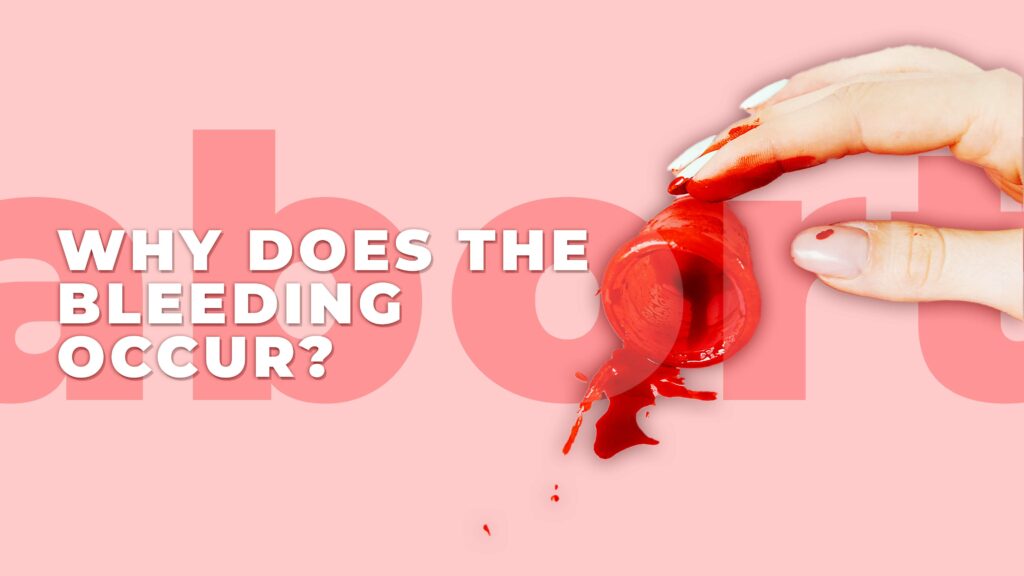
Bleeding is a common side effect after a medical abortion, which involves taking medications to terminate a pregnancy. Mifepristone and Misoprostol work by inducing uterine contractions, which push the pregnancy tissue outside the body.
After a medical abortion, the uterus sheds the lining that had formed to maintain the foetus, which causes bleeding to ensue. This bleeding can extend to several weeks and is comparable to a heavy menstrual period[3]. Everybody experiences bleeding differently, both in terms of volume and duration.
In addition to bleeding, it is common to experience cramping, nausea, and other side effects. These side effects are usually temporary and can be managed with pain relief medications and supportive care. It is important to follow up with a healthcare provider after the procedure to ensure the procedure was successful and to address any complications or concerns. If the bleeding is heavy, persistent, or accompanied by fever, chills, or other signs of infection, it is important to seek medical attention promptly.
How Long will the Bleeding Last?
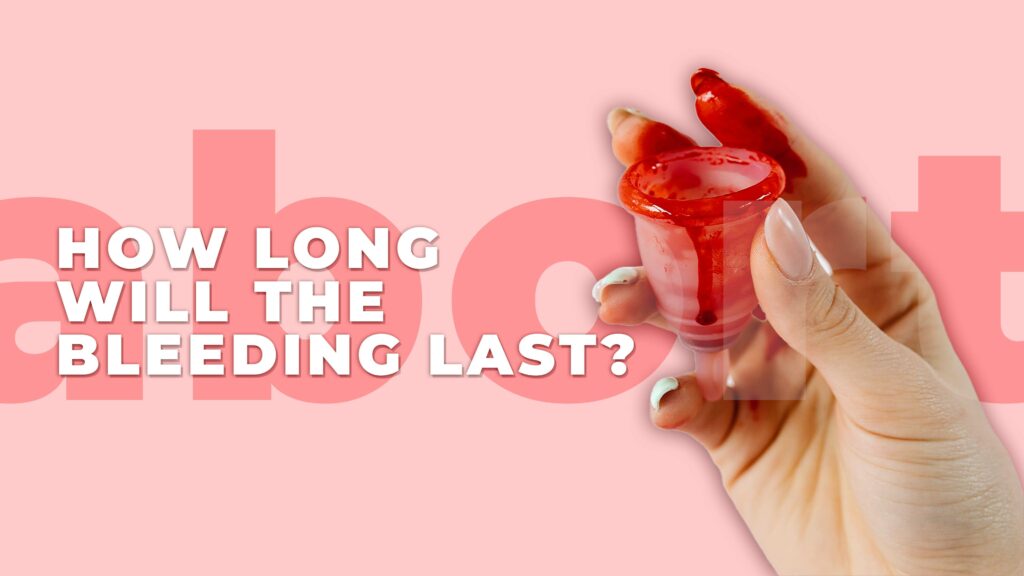
In exceptional circumstances, the bleeding after abortion may persist for up to four weeks, but it usually lasts one to two weeks. While clots are common during this time, larger clots should be taken seriously. The blood has a brown tint and is noticeably thicker than the typical monthly flow. If such a situation arises, seek medical help. Another essential point is that during this bleed, doctors suggest not using tampons or menstrual cups and instead advise using sanitary pads. If you’re bleeding a lot (soaking two pads in a row within an hour or two), this may signal a problem that needs quick medical attention.
Spot bleeding following this intense flow is normal and may happen 45 days[4] after the start of abortive medication. Thus there are certain discomforts associated with this 4-6 week timeframe. A woman may experience other symptoms besides the bleeding, such as a disturbed appetite, periods of vomiting, a headache, and weariness. Another worrying symptom that could point to infection is fever.
Tips and techniques to prevent pain after an abortion
A few tips which can help manage the pain include:
- Try uterine massage to lessen excessive bleeding. Apply firm pressure with your fingertips below the belly button while moving them in circular patterns. Then, descend using the same motion until you can feel your pelvic bone. Repeat this technique for 15 minutes. This should make it easier to separate the uterine lining and the fetus’ products from one another and break them into smaller pieces, resulting in a painless release without arduous contractions. You could get this massage whenever you need it or when your pain level increases.
- Refrain from drinking alcohol for the first 3 to 4 days since it may speed up bleeding.
- You should also reduce your degree of physical activity; avoid the gym, heavy lifting, and other demanding activities that would put more pressure on your abdomen.
- The same as during regular menstruation, a hot bag massage could be used to ease the discomfort. Warm water in a bottle or heating pads placed over the lower abdominal area will help to relieve pain and shorten the duration of cramps naturally.
- Drinking hot liquids like tea and coffee and staying hydrated both reduce soreness.
- Your body needs time to heal because having an abortion is a medical procedure. After your abortion, permit yourself to relax for at least a few days. You can avoid issues and heavy bleeding by doing this.
- Since your cervix hasn’t completely closed in the two weeks following an abortion, you are highly vulnerable to infection. For the first two weeks, refrain from using tampons, having intercourse, and swimming to lower your risk.
- You can ovulate within two weeks of having an abortion, so you could become pregnant before you’ve even had your next period, which may take 4-6 weeks to return. If you’re sexually active and don’t want to get pregnant again, use your preferred birth control technique.
The Final Thought
Bleeding and cramping after an abortion pill are common side effects, but there are safe and effective ways to manage and stop the bleeding. You can alleviate discomfort and promote healing by using the tips and techniques covered in this article. It is important to consult with your healthcare provider if you have any concerns or questions about your post-abortion recovery. With proper care and support, you can feel confident and empowered throughout the process of terminating a pregnancy.
References
- Ghlichloo I, Gerriets V. Nonsteroidal Anti-inflammatory Drugs (NSAIDs) [Updated 2022 May 19]. In: StatPearls [Internet]. Treasure Island (FL): StatPearls Publishing; 2022 Jan-. Available from: https://www.ncbi.nlm.nih.gov/books/NBK547742/
- Jin Z, Huang G. Prevention and treatment of vaginal bleeding after drug-induced abortion by Yaoliuan capsule and its effects on menses recovery. J Huazhong Univ Sci Technolog Med Sci. 2005;25(3):346-7, 367. doi: 10.1007/BF02828163. PMID: 16201292. https://pubmed.ncbi.nlm.nih.gov/16201292/
- Prasad RN, Choolani M, Roy A, Ratnam SS. Blood loss in termination of early pregnancy with mifepristone and gemeprost. Aust N Z J Obstet Gynaecol. 1995 Aug;35(3):329-31. doi: 10.1111/j.1479-828x.1995.tb01996.x. PMID: 8546658. https://pubmed.ncbi.nlm.nih.gov/8546658/
- Clinical Practice Handbook for Safe Abortion. Geneva: World Health Organization; 2014. 3, POST-ABORTION. Available from: https://www.ncbi.nlm.nih.gov/books/NBK190099/

